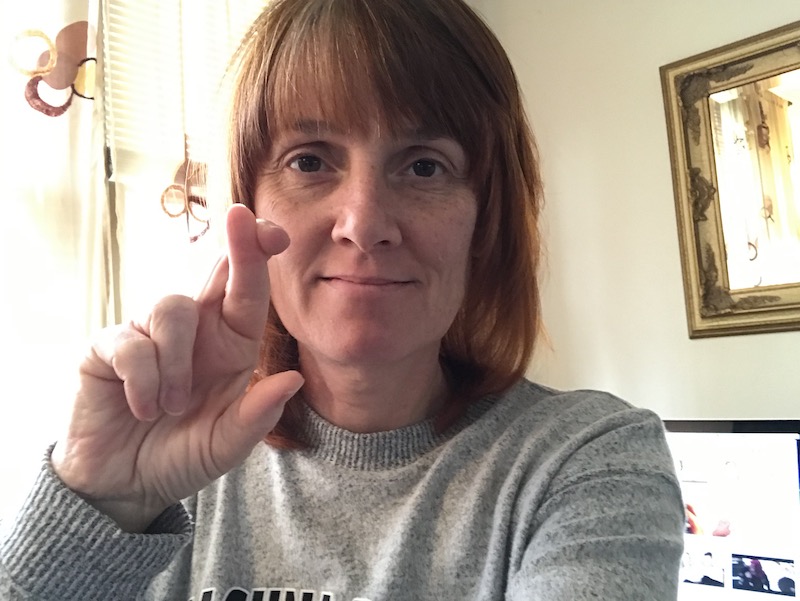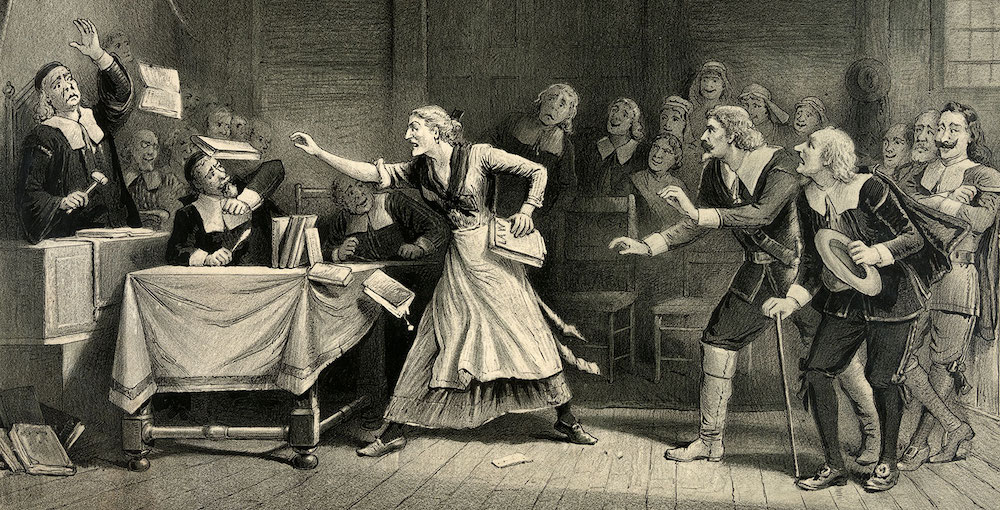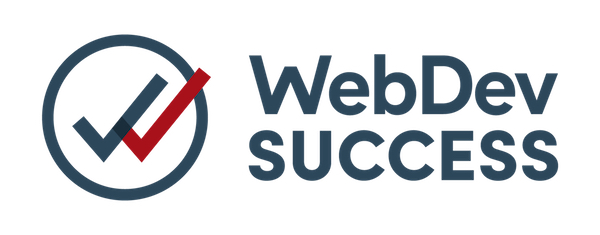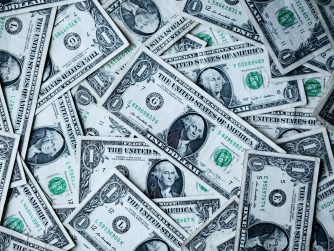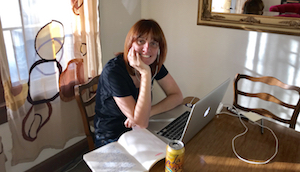 There was a time when I felt insecure about the value of my services. I believed every single recipient of a proposal from me was supposed to say, “yes.” If a prospect said, “no” then it was because of a problem in my proposal.
There was a time when I felt insecure about the value of my services. I believed every single recipient of a proposal from me was supposed to say, “yes.” If a prospect said, “no” then it was because of a problem in my proposal.
You know… like the price.
As soon as I hit the send button to deliver my proposal, the second-guessing went into overdrive.
- Am I charging too much? (Or, too little?)
- Did I say everything in just the perfectly right compelling perfect way?
- Is my proposed timeline fast enough?
- Who else are they considering? Am I better?
- Is my offer attractive enough?
- AM I ENOUGH?
Then, after my proposal was accepted, I worked my ass off putting in overtime evenings and weekends. I waffled back and forth between worrying that I charge too much and wondering why I was working so hard for such little pay. I worked so many hours for so little money that I wondered how other people were able to pull this off in their own businesses.
I needed my customers more than they needed me to help them with their problem.
Or, at least that’s what I believed in 2014.
Overcoming price insecurity
In April, I raised my agency’s training prices 25%. I raised our website consulting services by 30%. On top of that, I made it a little more difficult to become our client. There are a few hoops now.
These changes made my commission-based salesperson a little nervous–just a little! Her understandable concern was that sales would tank. A 25% price increase would make us the most expensive option among our competitors.
But, you know what?
I felt 100% confident this was the right thing to do.
I’m going to tell you what happened when I raised my prices and whether or not Erin, my salesperson, is still working for me.
What I really hear when people ask me, “How much should I charge?” is, “How do I get to the point where I feel good about my pricing?” If this is you, then here’s my story.
Don’t go in there alone

I didn’t just wake up one day and decide to raise my prices. My business was profitable but I had a feeling that I was becoming less profitable. One of my mentors advises me on business finances.
He doesn’t make money decisions based upon feelings.
We had several conversations, looked at the numbers, made predictions, and considered risks.
Did I want to continue to employ highly skilled trainers whom I could trust to match my own caliber of work and pay them accordingly?
We also talked about my long term goals and how I would really like to spend my time.
The numbers showed I was profitable, but just barely.
Was that enough?
It could be for some people.
Really knowing where I am going with my business and how I want to spend my time helps me know how much is “enough”. Just barely profitable is not enough in my case.
I also had a conversation with my salesperson. Did she think the people who said “yes” to our services, would still say, “yes” if the price was higher?
As it turns out, people who said, “yes” to our price did so without hesitation. They were probably willing to pay more.
The people who balked at our prices were not even in the ballpark. These people would end up hiring the hungry college student for $20 per hour.
Make the competition irrelevant
How could I become the most expensive option and not fail? If I offered the exact same service as my competition and put lipstick on it, then could I charge more?
I figured that works for some services but it seemed risky to me.
So, I thought about my customers and the hundreds of conversations I’ve had over the years.
When people work with us, they aren’t just looking for training. They want to be successful in the long run. How could I help them with that?
What could I give them that they can’t get anywhere else?
The answer suggested by a business mentor was to create a personalized package.
An irresistible combination of value based upon what my customers want and need.
My customer wants to know their investment will pay off and they know it will because we give them a service package of things they ask for.
They get
- personalized training,
- private training,
- a recording of the training,
- follow-up support with their trainer, and, if they want it, a certificate of completion to put in their employment folder.
Once we were able to start talking about what we do in terms of a valuable, customized collection, then the competition became irrelevant. We just don’t offer the same service. There’s no comparison.
If you are never hearing “no” then you’re doing it wrong.
Do you realize the more successful you become, the more in-demand you are, that you will hear “no” more and more? That’s right. As your calendar fills up, you will have less time and you will charge more.
You’re supposed to raise your prices and be less available.
The natural result of your price increases will be that some of your existing clients drop off. Fewer new clients who are willing to pay your new price will show up.
As you raise your prices, fewer and fewer people can afford to work with you. But, that’s a good thing.
You might even delegate the initial prospect conversation to someone else. Someone like my salesperson Erin. Most of the people who contact our office inquiring about our services, do not become our customer.
4 out of 5 people who inquire about my agency’s high-end services say “no, thank you.”
We hear “no” a lot because there are people who contact us who are not really our customer.
Our customer is not
- looking for the lowest price and comparing the value of our services to the services of a hungry college student
- wanting to get things over with as fast as possible
- without the funds to pay for our services
- a person with little to gain from our services
- making an impulse buy
Our customer
- will not take us seriously if our prices are too low
- has been thinking about hiring someone like us for a while
- has the funds to pay us
- has much to gain from working with us
- may need to gain the approval of supervisors or business partners before moving forward
A 20% close rate is what it looks like for us when our services are priced appropriately.
Get to “no” faster and spend less time talking to the wrong people.
Six months later
Six months ago I raised prices. How did that go over? My salesperson, Erin just finished a record breaking month of sales.
Now that you know my story, I would like to hear yours!
Comment or ask a question below.
